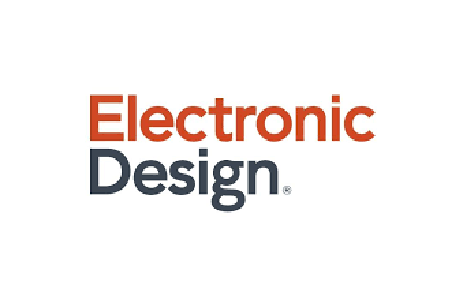
Article authored by Michael Slonosky in Electronic Design:
In the 40 years of the VME interface’s existence, board designers have implemented it on rugged embedded modules in a variety of ways. Recently, the leading approach has come nearly full circle, returning to FPGA-based interfaces, one of the earliest methods.
In the excerpt below Michael Slonosky looks at the Helix from Curtiss-Wright:
One example of an FPGA-based VME interface alternative is Curtiss-Wright’s Helix, a field-tested and proven PCI Express-to-VME64x transparent bridge that provides a full VME64xMaster/Slave interface with a direct bridge to a PCI Express upstream port. It supports advanced VME64x data-transport modes, namely 2eVME and 2eSST. The device’s dual-channel intelligent direct-memory-access (DMA) controller supports simultaneous read/write transactions exceeding 1600-MB/s data rates with PCI Express Gen2.
Because Helix can continue to be supplied for years to come, it effectively mitigates customer and system integrator's concerns about obsolescence in the future. It also enables them to continue support and supply VME systems as long as required by their programs.
Helix is being used on all new Curtiss-Wright VME board designs, including the recently announced SVME/DMV-196 single board computer (SBC), which is powered by NXP’s QorIQ Power Architecture (PA) T2080 processor. Designed for technology insertions, this completely new VME board is fully pin- and feature-compatible with previous generations of Curtiss-Wright’s VME SBCs. It also delivers higher performance (>2 to 6X) in a similar power envelope and at a much lower price point compared to earlier single- and dual-processor PA VME SBC designs. Further helping to mitigate obsolescence is the T2080 processor’s 15-year lifecycle supported by NXP.
Click here to read the full article.